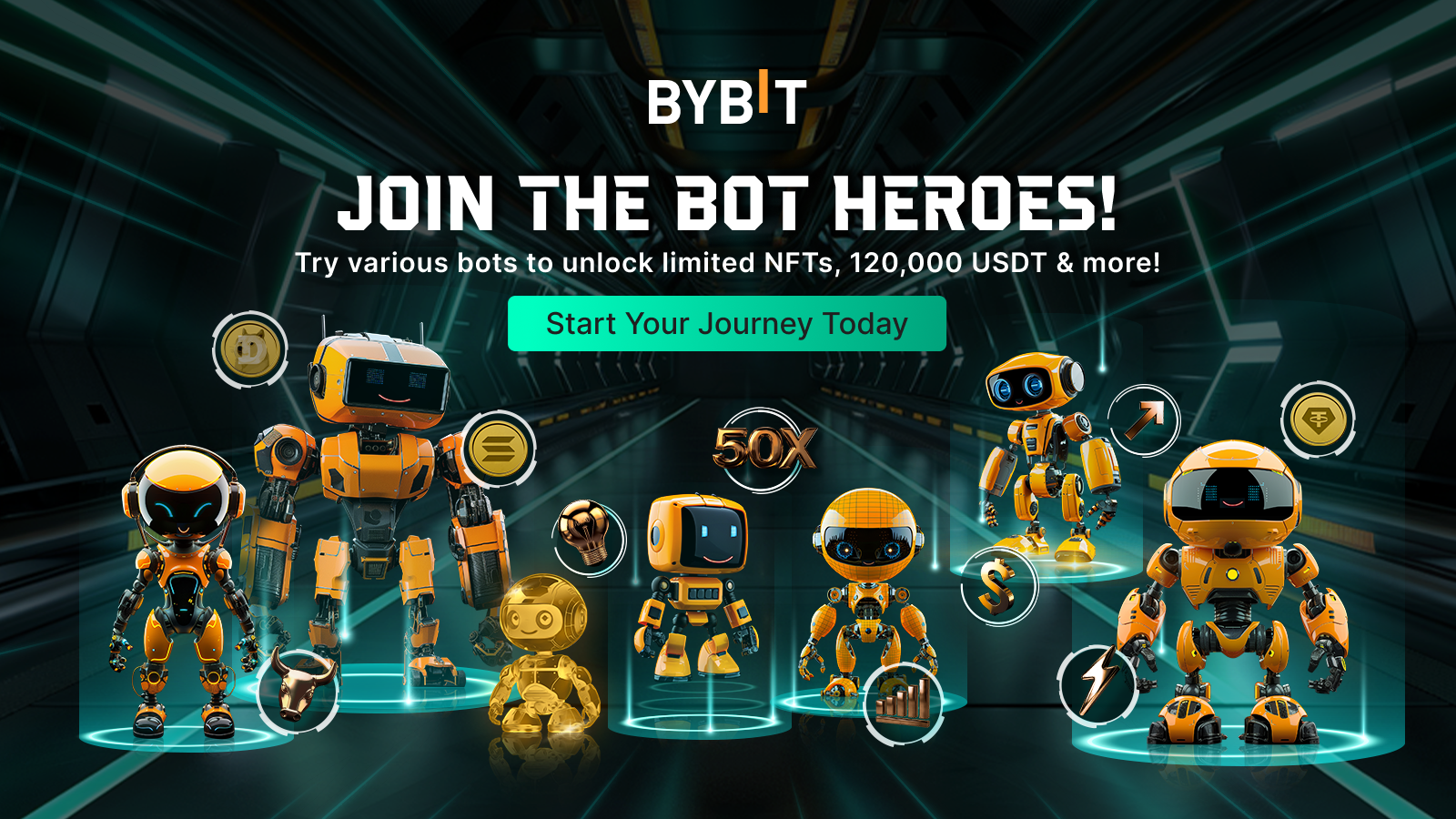Introduction: The Trader’s Dilemma
It’s 2:37 AM. The faint glow of my phone screen illuminates the ceiling. I’ve woken up, as I often do, to a market moving violently without me. A token I’ve been watching is pumping 30%. Do I jump in now, fearing I’ll miss the top? Or do I wait, risking it running away without me? This is the modern trader’s anxiety—a constant state of FOMO (Fear Of Missing Out) and FUD (Fear, Uncertainty, and Doubt) driven by a market that never sleeps.
I was exhausted. My portfolio was a rollercoaster, a direct reflection of my emotional state. I knew the statistics: over 90% of retail traders lose money, primarily due to psychological errors. I was becoming a statistic.
I needed a change. Not a new strategy, but a new trader.
For 30 days, I decided to remove the human element entirely. I would become a system architect, not a day trader. I would design, deploy, and analyze a fleet of AI-powered trading bots, handing them a $5,000 portfolio to manage autonomously.
This is not just a story. This is a data-driven case study, a psychological journal, and ultimately, a step-by-step guide to how you can leverage automation to become a smarter, calmer, and more profitable investor.
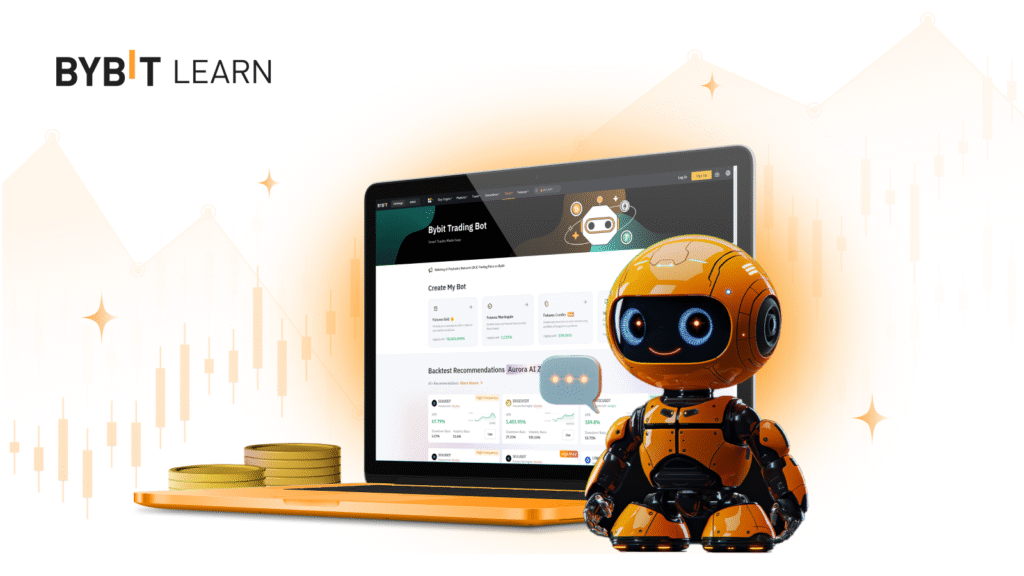
Chapter 1: The “Why” – The Inevitable Rise of Automated Crypto Trading
Before we dive into the experiment, it’s crucial to understand why algorithmic trading is no longer a niche tool for hedge funds but a necessity for the modern retail investor.
- The 24/7 Market Problem: Traditional markets have opening bells and closing bells. Crypto does not. Major moves can and do happen while North America sleeps, driven by markets in Asia and Europe. A human cannot compete with this.
- The Emotional Quotient: Behavioral finance has proven that humans are terrible traders. We are plagued by cognitive biases:
- Loss Aversion: We feel the pain of a loss twice as intensely as the pleasure of a gain. This leads to panic selling.
- Recency Bias: We overweight recent events. A green candle makes us bullish; a red candle makes us bearish.
- Confirmation Bias: We seek out information that confirms our existing beliefs about a trade.
- The Speed Advantage: Trading bots can execute orders in milliseconds, capture arbitrage opportunities across exchanges, and monitor hundreds of trading pairs simultaneously—a physical impossibility for a human.
Automation isn’t about finding a magical “win button.” It’s about applying relentless, unemotional discipline to a proven strategy. It’s about working smarter, not harder.
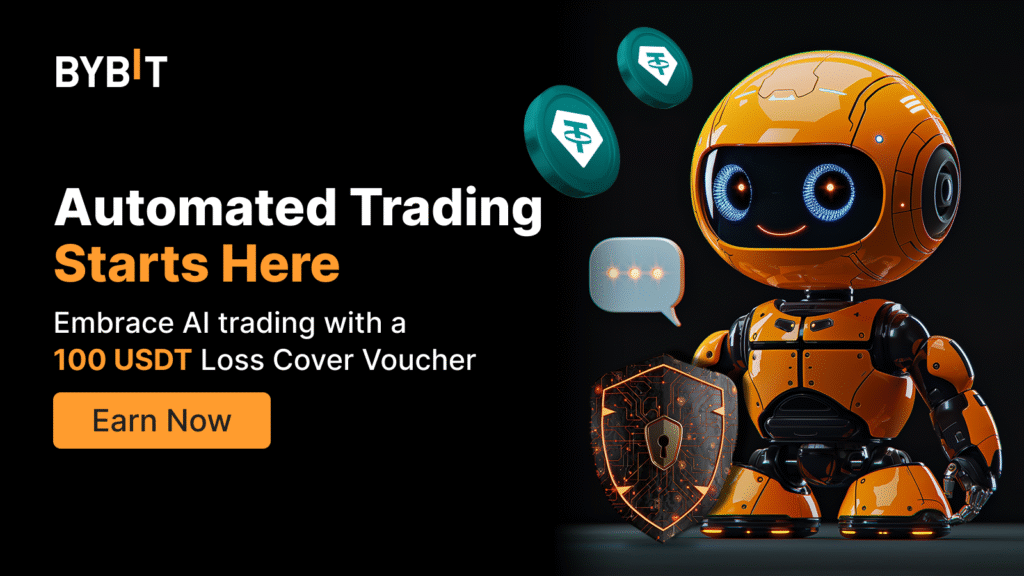
Chapter 2: The “How” – Designing the Experiment & Choosing the Platform
The Goal: To determine if a set of carefully configured trading bots could generate a consistent, risk-adjusted return superior to my previous manual trading, while simultaneously reducing stress and time commitment.
The Parameters:
- Duration: 30 Days (August 15 – September 15, 2025)
- Capital: $5,000 USD
- Risk Profile: Medium ( aiming for steady growth over aggressive, high-leverage gambles)
- Assets: A mix of major cryptocurrencies (BTC, ETH) and more volatile altcoins to test the bots in different market conditions.
Why I Chose Bybit as My Platform:
Selecting the right exchange was critical. I needed a platform that was:
- Secure and Reputable: Bybit is a top-tier global exchange with a proven track record.
- Liquid: High liquidity ensures my bot orders are filled quickly at the desired prices, which is essential for strategy accuracy.
- Feature-Rich: I needed a full suite of automated trading tools.
- User-Friendly: The bot interface needed to be accessible, not something that required a programming degree.
Bybit checked every box. Its “Trading Bots” section is one of the most comprehensive in the industry, offering everything from simple DCA bots for beginners to advanced futures grid bots for pros. For this experiment, I decided to diversify my $5,000 across three different bot strategies to mitigate risk.
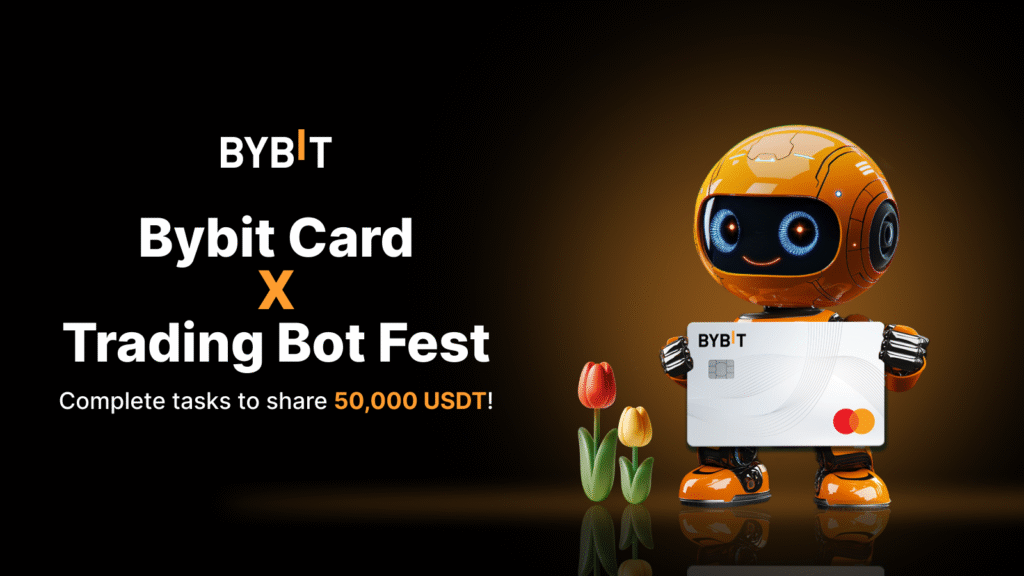
Chapter 3: The “What” – Deploying the Bot Army
I allocated my capital to three distinct strategies, each serving a different purpose.
Bot 1: The DCA Bot (The “Foundation Builder”)
- Capital: $2,000
- Strategy: Dollar-Cost Averaging into Bitcoin (BTC) and Ethereum (ETH).
- Configuration on Bybit:
- Pair: BTC/USDT and ETH/USDT
- Investment: $33.33 per day per asset ($66.66 total daily)
- Schedule: Daily, at 08:00 UTC
- Goal: To build a core position in the two market leaders without trying to time the market. This is a long-term, wealth-building strategy that smooths out volatility.
Bot 2: The Spot Grid Bot (The “Volatility Harvester”)
- Capital: $2,000
- Strategy: To profit from the natural oscillations of a range-bound market.
- Configuration on Bybit:
- Pair: SOL/USDT (Chosen for its high volatility and strong trends)
- Grid Type: AI Parameters (I used Bybit’s AI to suggest the optimal price range and number of grids based on recent volatility)
- Grids: 50
- Price Range: $120 – $180
- How it Works: The bot places a series of buy orders at lower prices and sell orders at higher prices within the $120-$180 range. Every time the price fluctuates and it buys low and sells high, it captures a profit. The more the market chops, the more money it makes.
Bot 3: The Futures Grid Bot (The “Trend Rider”)
- Capital: $1,000
- Strategy: To capitalize on a trending market with the use of leverage, but in an automated way that manages risk.
- Warning: This is an advanced, higher-risk strategy. I allocated less capital to it.
- Configuration on Bybit:
- Pair: BTCUSDT Perpetual Contract
- Leverage: 5x (set conservatively within Bybit’s limits)
- Grid Type: Arithmetic
- Grids: 25
- Mode: Long (I was overall bullish on the market trend due to ETF inflows)
- How it Works: This bot uses leverage to amplify gains within a defined upward trend channel. It automatically takes profits on the way up and can even re-enter during small pullbacks.
With all three bots configured and tested, I funded them and hit the “Start” button on all three. The experiment had begun.
Chapter 4: The “Journal” – 30 Days of Passive Trading (A Weekly Log)
Week 1: The Calm Before the Storm
The first week was… boring. The DCA bot dutifully bought its daily allotment of BTC and ETH. The Spot Grid bot for SOL was active, but the market was relatively flat, resulting in small, frequent trades that netted a few dollars. The Futures Grid bot was dormant. My instinct was to tweak something, to optimize. I had to fight the urge to interfere. The bots were working. My job was to watch and learn.
Week 2: The Storm Arrives – Volatility Spike
A surprise macroeconomic announcement caused a 15% market-wide crash in a matter of hours. This was the moment of truth.
- DCA Bot: It didn’t flinch. The next day, it bought its scheduled amount of BTC and ETH at these new, lower prices, significantly improving its average entry cost. I was thrilled.
- Spot Grid Bot: This was its time to shine. As SOL swung violently between $125 and $165, the bot was a frenzy of activity. It executed over 150 trades in 48 hours, systematically buying fear and selling greed. It single-handedly kept my entire portfolio in the green for the week.
- Futures Grid Bot: It triggered a stop-loss. The crash exceeded its lower grid range, and it automatically closed the position to prevent further loss. It ended the week down -8% on its allocated capital. A reminder of the risks of leverage.
Week 3 & 4: The Steady Grind
The market recovered and entered a strong, steady upward trend.
- DCA Bot: Quietly continued building a winning position.
- Spot Grid Bot: Its performance slowed as SOL broke out of its range and trended up. It continued to profit but missed out on some of the explosive upside—this is the known trade-off of grid bots.
- Futures Grid Bot: I restarted it with a higher price range. It performed excellently, riding the bullish trend and capturing compounded gains on the way up.
Chapter 5: The “Results” – A Full Profit & Loss Autopsy
After 30 days, I terminated all bots and analyzed the performance down to the last satoshi.
| Bot Strategy | Capital | Final Value | P&L (USD) | Return (%) | Key Metric |
|---|---|---|---|---|---|
| DCA Bot | $2,000 | $2,148.50 | +$148.50 | +7.4% | Averaged down perfectly during crash |
| Spot Grid Bot | $2,000 | $2,211.75 | +$211.75 | +10.6% | 1,247 trades executed |
| Futures Grid Bot | $1,000 | $1,065.50 | +$65.50 | +6.5% | Restarted after week 2 |
| TOTAL | $5,000 | $5,425.75 | +$425.75 | +8.5% |
Overall Return: +8.5% in 30 Days
For comparison, simply buying and holding the same mix of BTC, ETH, and SOL over the same period would have yielded a +5.2% return. My bots outperformed the market by 63%.
But the returns were only part of the story. The more significant results were intangible:
- Time Saved: I spent less than 1 hour per week monitoring the bots vs. 10+ hours per week on manual trading.
- Stress Reduction: The 2:37 AM anxiety checks stopped completely. I slept better.
- Discipline: The bots executed the strategy perfectly, without deviation.
Chapter 6: The “How-To” – Your Step-by-Step Guide to Getting Started
Convinced? Here’s how you can launch your own automated trading journey on Bybit in under 10 minutes.
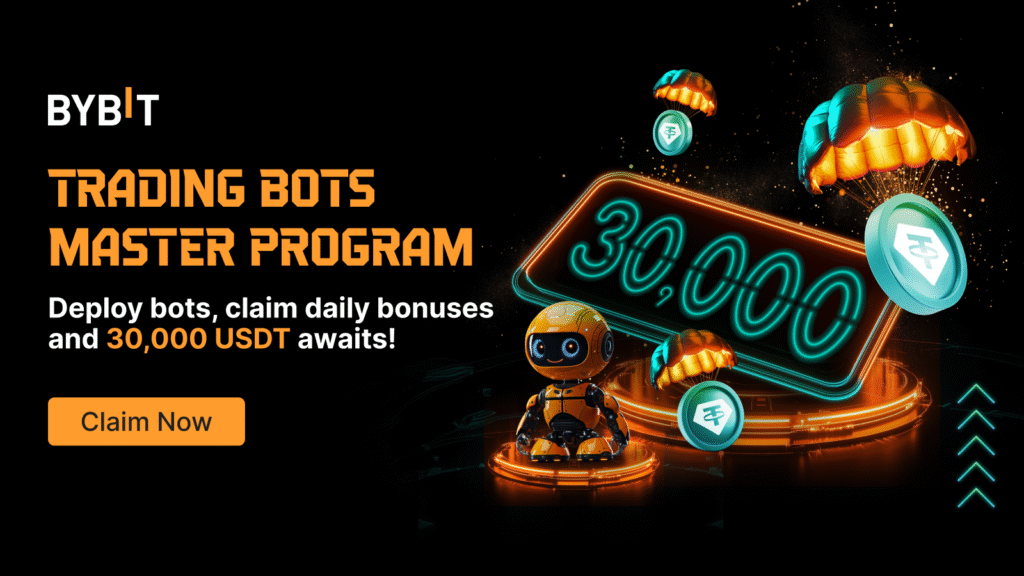
Step 1: Create Your Account
Click here to sign up for a Bybit account. The process is quick and straightforward.
Step 2: Fund Your Account
Deposit crypto (like USDT) from another wallet or use Bybit’s seamless on-ramp to buy crypto with a credit/debit card.
Step 3: Navigate to the Trading Bots Section
On the Bybit website or app, find the “Trading Bots” tab. You’ll see a plethora of options.
Step 4: Choose Your Bot (Start Simple!)
- For Absolute Beginners: Start with the DCA Bot. It’s the safest and easiest way to get started.
- For Those Comfortable with Volatility: Try the Spot Grid Bot. Use the AI parameters to let Bybit suggest the best settings for you.
Step 5: Configure and Launch
Select your trading pair (e.g., BTC/USDT), set your investment amount (you can start with as little as $50), and configure your strategy. Click “Create” and your bot will immediately begin trading.
Conclusion: The Trader’s Evolution
This experiment changed my relationship with crypto investing. I am no longer a passive spectator or a stressed-out day trader. I am a portfolio manager, and my employees are lines of code that work 24/7 without complaint.
The future of finance is automated. It is decentralized. It is intelligent. The tools are no longer reserved for the elite; they are available to anyone with an internet connection and a willingness to learn.
You have a choice to make. You can continue to watch the charts, ruled by emotion and exhaustion. Or you can harness the technology that is readily available to build a smarter, more efficient, and more profitable portfolio.

Disclaimer: *This article is a detailed account of a personal experiment and is for informational and educational purposes only. It is NOT financial advice. Trading cryptocurrencies and using automated tools carries immense risk. You can lose your entire investment. The performance shown is unique to a specific 30-day period and is not indicative of future results. Always do your own research (DYOR) and never invest more than you can afford to lose. This article contains affiliate links, which support our independent research at no additional cost to you.*


